South Korea on Friday allows the United States to deploy an advanced missile defence system in South Korea to counter the threat from nuclear-armed North Korea. South Korea’s Defence Ministry and the U.S. Defence Department claim the anti-missile system – THAAD – will be used only as protection against North Korea’s growing nuclear and ballistic missile capabilities.
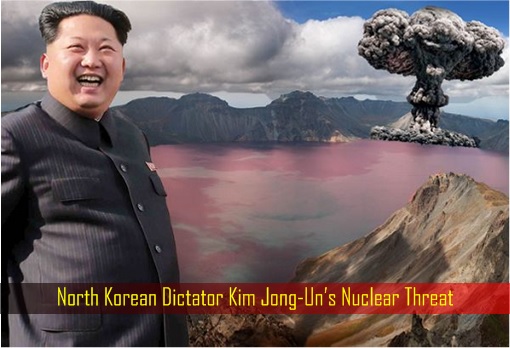
THAAD (Terminal High Altitude Area Defense) was designed to hit “Scuds” – a series of tactical ballistic missiles developed by the Soviet Union during the Cold War. The U.S. claims THAAD carries no warhead but relies on the kinetic energy of the impact to destroy incoming missile, without causing the nuclear component to explode.
However, if North Korean Kim Jong-un goes bonkers and equipped his ballistic missiles with chemical or biological instead of nuclear warheads, to which North Korea is believed to possess, South Korea would be game over. So far, there’s no real life experience that THAAD is capable of disabling nuclear-armed ballistic missiles with 100% success rate.
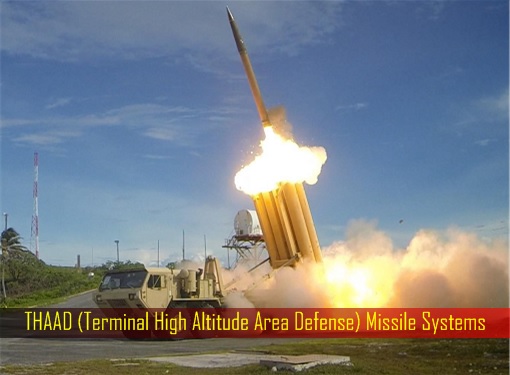
In short, there’s no guarantee that South Korea would be immune to a nuclear explosion if North Korean launches a nuclear missile and U.S. THAAD sent to intercept. THAAD is also unable to distinguish between warheads and decoys. The point is, why wait until now when the threat of North Korean’s short-and medium-range ballistic missiles were already in place for years?
After all, didn’t America laugh at the idea that fat boy Kim Jong-un is capable of launching nuclear missiles? Clearly, South Korea’s latest move to allow America’s deployment of THAAD means the “kim-chi” nation values its alliance with Washington more than Beijing. It reinforces the already high level of mistrust between United States and China.
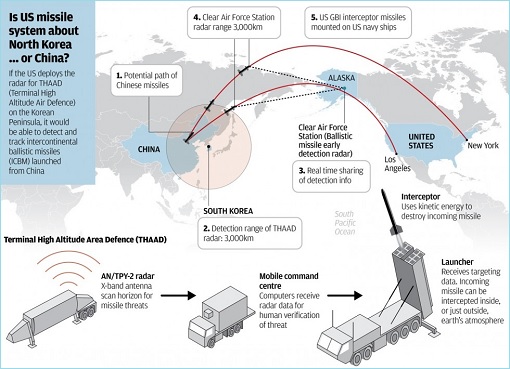
Considering the close distance between North and South Korea, no amount of defence system could shield either country from a total or partial annihilation should nuclear missiles are unleashed. Therefore, there’s only one reason for the THAAD deployment – to track and contain missiles launched from China, NOT North Korea.
South Korea may not realised it, or couldn’t think straight with U.S.’ version of “project fear”, similar to the one launched by EU on UK pre-Brexit referendum. The U.S. has nothing to lose but everything to gain by using South Korea as their testing-bed in the deployment of THAAD missile systems. After all, Korea is thousands of miles away from American soil.

It was a tactical error because now China will almost certainly consider developing more advanced missiles, as a countermeasure. Under President Barack Obama, America has screwed up big time in the Middle Eastern wars – Iraq, ISIS, Syrian, and Libya – but at the same time is too weak to challenge Russia, as can be proven from the annexation of Crimea by Moscow.
The South China Sea dispute is seen as China’s first step towards flexing its military muscles in the region. As a novice in military technology, China provides an excellent punching bag for United States to bully into submission. The U.S. must show the world that as the supposedly world superpower, it can demand the “obedience” of China through intimidation.
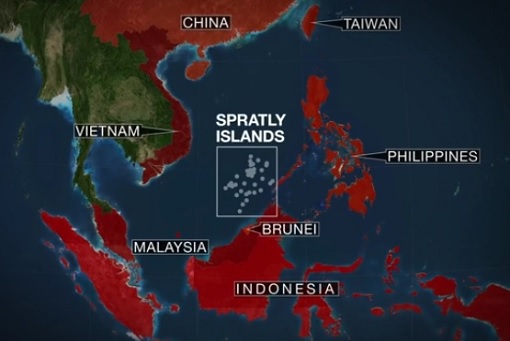
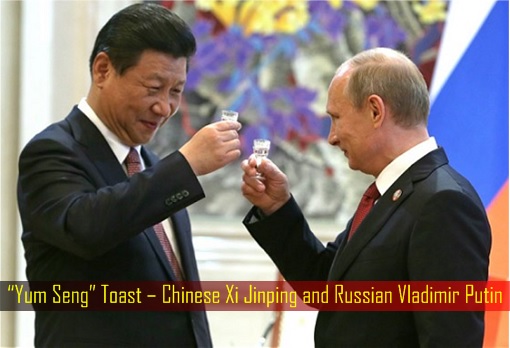
The Chinese knew that eventually Japan (which already has 2 THAAD radars) and perhaps the Philippines and even Vietnam would be getting the Lockheed Martin-made THAAD missile systems, as part of U.S. plan to encircle China, the same way NATO promised but lied about Eastern Europe expansion towards encircling Russia. To China, THAAD deployment is overkill and Russia agrees.
Yes, both South Korea and United States must have forgotten there’s another superpower that’s equally threatened by THAAD missile systems deployment in South Korea. Thanks to “kim-chi” and “hot-dog” latest blunder, “vodka” is now joining “dim-sum” to counter the American’s missile system expansions (*grin*), scheduled to be operational end of 2017.
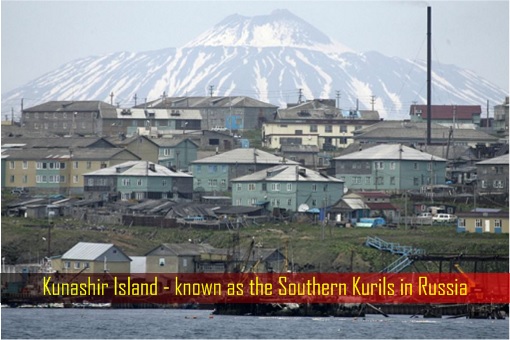

A source in the Russian Foreign Minister said as part of retaliation plans to Seoul’s decision to deploy THAAD missile systems, Russia military may deploy additional missile systems to the Far East, including on the Kuril Islands. Leveraging on the Iturup and Kunashir Islands (Kuril Islands) fortifications, Moscow could easily deploy ground-based missile systems there.
The plan includes construction of military facilities like fortified positions, training ranges, and warehouses. It also includes infrastructure objects for personnel covering a total of 400,000 square meters of facilities. Besides boosting its military presence on the Kuril Islands, Russia plans to start construction of a new Pacific Fleet base on the Matua Island.
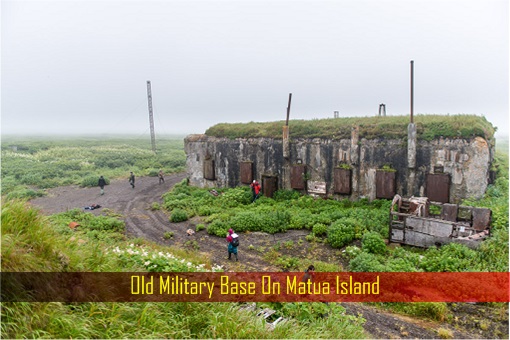
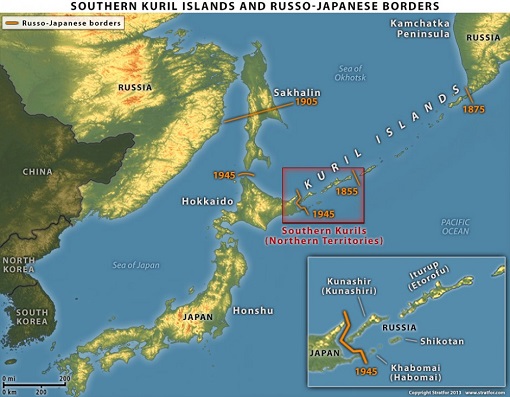
Russian strategists believe Matua Island holds the key position in the Kuril chain, providing the gate to the Okhotsk Sea. Matua hosts 3 airstrips dating back to World War II with a good operative capacity. It is also suitable as a naval stationing base. The first phase of building the Russian fleet on the island could be accomplished within 3 years.
The construction of a large-scale naval base including a repair facility, houses for personnel, and warehouses for ammunition and equipment, however, would take up to 20 years. For the time being, Russia could make use of underground facilities and fortifications built by the Japanese army during World War II on Matua Island.
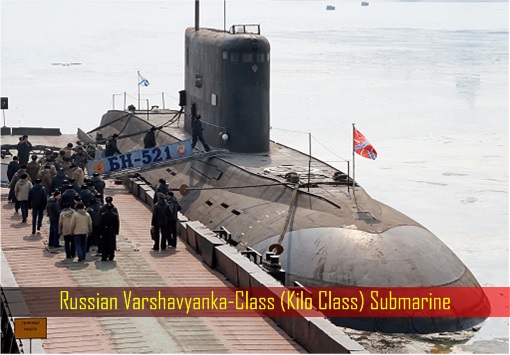
Coincidently, the Russian Navy has decided to order the construction of six Varshavyanka-class (NATO calls it Improved Kilo-class) diesel-electric powered submarines for the Pacific Fleet. While it’s unknown where these submarines will be based, Russia said they’re to be based in Russia’s Far East. Could they be built for the purpose of Russia’s new Pacific Fleet base on the Matua Island?
Both China and Russia have their secret weapons to penetrate United States THAAD missile systems though. Three months ago, Beijing conducted its seventh successful test of its DF-ZF hypersonic gliders designed to defeat US missile defences. Travelling at speeds between Mach 5 and Mach 10 (5 to 10 times the speed of sound), the gliders can easily penetrate U.S. air defence systems.
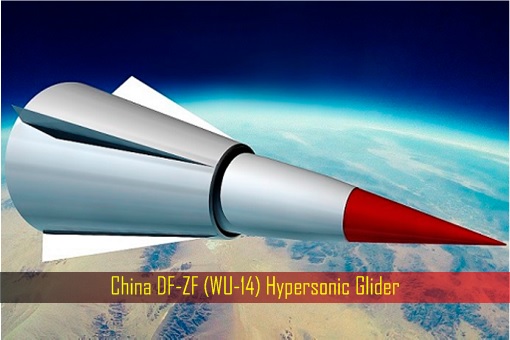
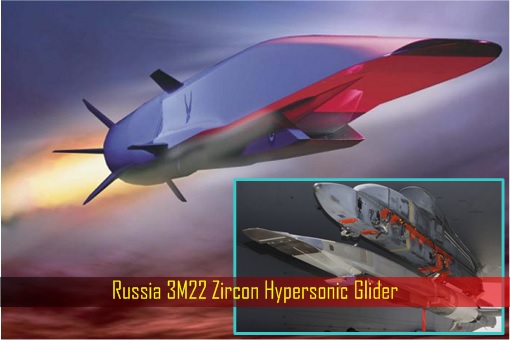
In the same month of the Chinese testing, Russia conducted its second flight test of a revolutionary hypersonic glide vehicle, known as 3M22 Zircon glider. Scheduled to enter into production in 2018, the Russian is planning to deploy Zircon into its submarine, ships and even onboard its bombers Tu-160M2 Blackjack.
Other Articles That May Interest You …
- Putin To Send Aircraft Carrier To Syria – To Wipe Out ISIS, To Humiliate NATO
- Once The Richest Kingdom, Desperate Brunei Is Now China’s Close Ally
- Power Of Brexit – Turkey Befriends Israel & Apologise To Russia
- EU’s Childish & Vengeful Acts Could Force Britain Into Russia’s Arm
- Not Over Yet – Here’re Some Of Russia’s Awesome Military Hardware In Syria
- 4 Reasons Russia Intervened In Syria & Why Putin May Attack NATO As Well
- Why China Can “Take” Any Island In South China Sea … And Get Away
- Here’s Why Turkey Could Be Alone In A “Nuclear War” With Russia
- Russian Jet Shot Down – How Putin Brilliantly Turns It To His Advantage
- From Russia With Love – Putin Sent “Bear”, “Backfire” & “Blackjack”
- U.S. Provoking To Start A War With China? Bring It On!!

|
|
July 10th, 2016 by financetwitter
|


|

|

|

|

|

|




























Comments
Add your comment now.
Leave a Reply